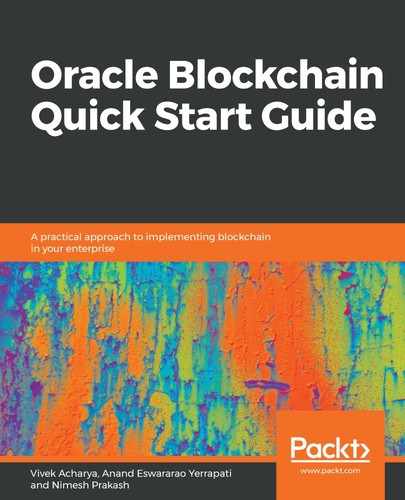The Ethereum blockchain is a transaction-based state machine that starts with a genesis state. A transaction will then lead to a change of state, where the recent state is termed the current state. Hence, a transaction is a representation of a valid sequence flow between two states; the blockchain should contain only valid state transactions that occur because of a valid transaction.
Transactions are grouped into blocks. A block is chained to a previous block with a cryptographic hash, representing a chain of blocks called a blockchain. Here, the cryptographic hash is used as a reference. Blocks themselves are the journals, and the blockchain is the ledger where blocks record one or more transactions. Incentives are offered to miners, and incentivization occurs at the state transition. A blockchain that offers incentives to miners needs to have a consensus to transmit value to the miner. For example, Ethereum considers Ether as the value in the Ethereum blockchain, and it's used to offer incentives to the miner. The smallest unit of value, Wei, is used for incentivization in Ethereum.
Mining is a process where various nodes solve a puzzle to validate a transaction so that more transactions can be added as a block within the blockchain. This process of validating transactions is known as mining. Many miners act at the same time to validate the transaction and, once done, they submit a proof of their work, which is mathematical proof. Miners not only have to solve the puzzle – they need to solve it way before other miners to be able to add their block to the blockchain. This is the process of miners solving a puzzle and submitting a PoW. The winning miner is rewarded with some form of value. If it's Ethereum, then a certain amount of Ether is offered as a reward to the miner.
As Ethereum is decentralized, every node has equity and can participate in creating new blocks. There could be malicious participants as well who might propose a new path. Hence, the system makes sure to reach a consensus that follows on from the genesis block to the current block. Ethereum uses the GHOST (which stands for Greedy Heaviest Observed Subtree) protocol to check the creation of multiple branches in the blockchain and to follow the best valid path.
